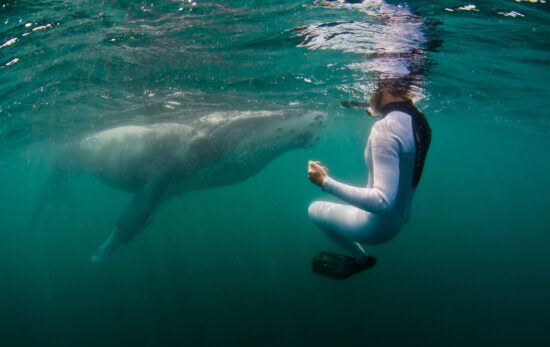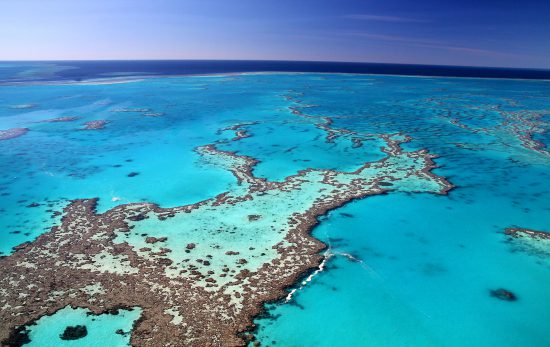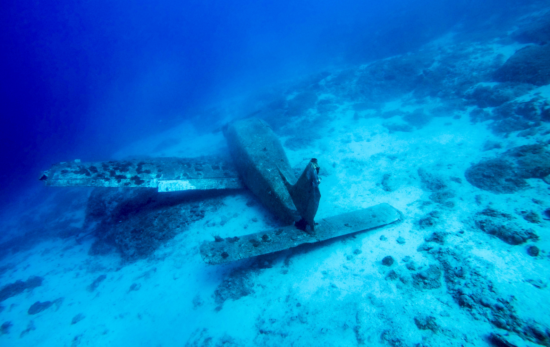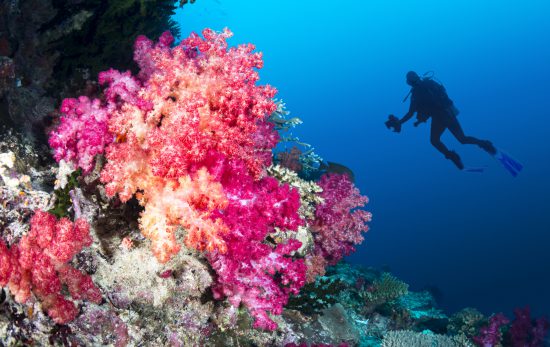Bubbling volcanoes, black sand beaches, and magnificent waves: Sound familiar? Indeed, Hawai’i is as famous as it is beautiful, with its spectacular scenery and laid back lifestyle.
These are the islands where leafy green cliffs cascade down into frothing white water, and comfortable breezes blow across the breathtaking beaches. Scuba diving in Hawai’i is popular, and there are more than enough dive sites to sink your teeth into. If you want to live your best life and #LiveUnfiltered, then Hawai’i is the place to do it!

Scuba Diving in Hawai’i: What You Need to Know
Hawai’i is a unique dot on the map. Found far out in Oceania, scuba diving in Hawai’i is unlike diving in any other state, with tropical and warm waters throughout the year.
With around 750 miles (1,210 kilometers) of coastline, Hawai’i is a huge tourist destination, bringing travelers from around the world. But beaches aren’t all that this archipelago has to offer. Some of the most fantastic volcanoes in the world can be found here, too.
This unreal amount of volcanic activity is what formed these islands to begin with, from the soaring cliffs to the fertile jungled hills. This abundant landscape offers you new sights and sounds, tastes and sensations, both above the water and below. Let’s take a look at the dives you can expect on each island of this beautiful state.
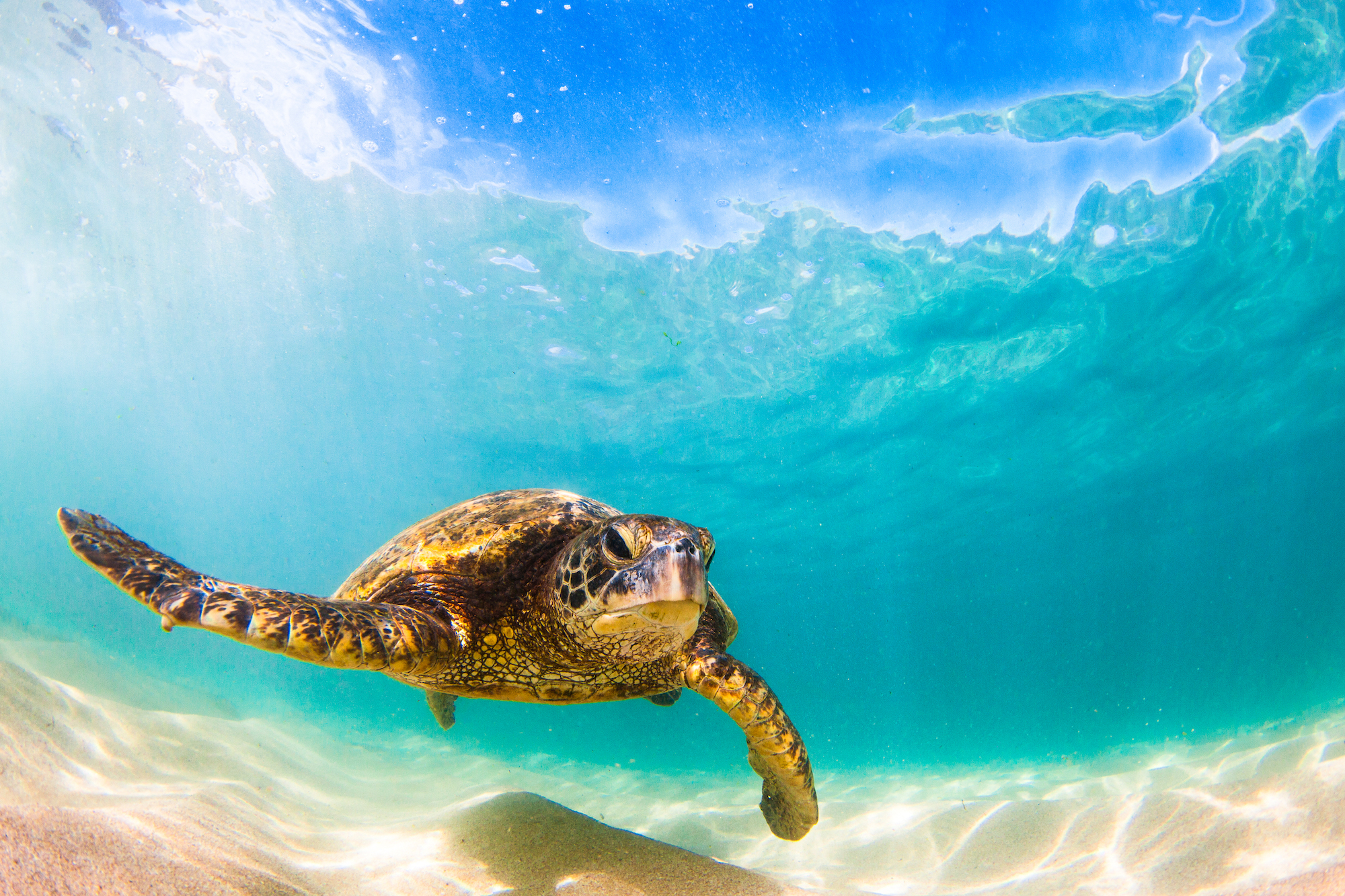
Kaua’i
Kaua’i is the oldest of the Hawaiian Islands, geologically speaking. It is known as the “Garden Isle,” because it is carpeted with lush greenery. The fertile landscape is home to an abundance of farmland and animal life, including plenty of wild chickens, which can be seen and heard all over the island.
If you crave some sea turtle sightings, Kaua’i is your place. Some of the best dives on the island can be found off its southern shore. Swim in a collapsed lava tube with green sea turtles in Sheraton Caverns, or find even more of your flippered friends at Turtle Bluffs. The Bluffs are a cleaning station for turtles, and you can even spot some fairly large reef sharks in the shallows. Remember that sea turtles are protected in Hawai’i, and divers need to maintain a distance of 10 feet (3 meters) underwater and on shore.
On the western side of the island, the little known Mana Crack is a lovely spot to add to your logbook. You can soar down to depths near 95 feet (29 meters). Another deep dive is Ahukini Landing, on the eastern side of the island.
For shore diving, don’t miss out on Koloa Landing, where the fantastically colored dragon moray eel can be found. This eel comes in a variety of hues, bright and white spotted, and its two unique horns are what gives it its name.
You can fly onto the island into the Lihue Airport and then get around the island by road. On Kaua’i, it’s best to slow down, practice Aloha, and enjoy the drive. Be sure to take the Holo Holo Koloa Scenic Byway, which will take you through some of the most remarkable landscapes on Kaua’i.
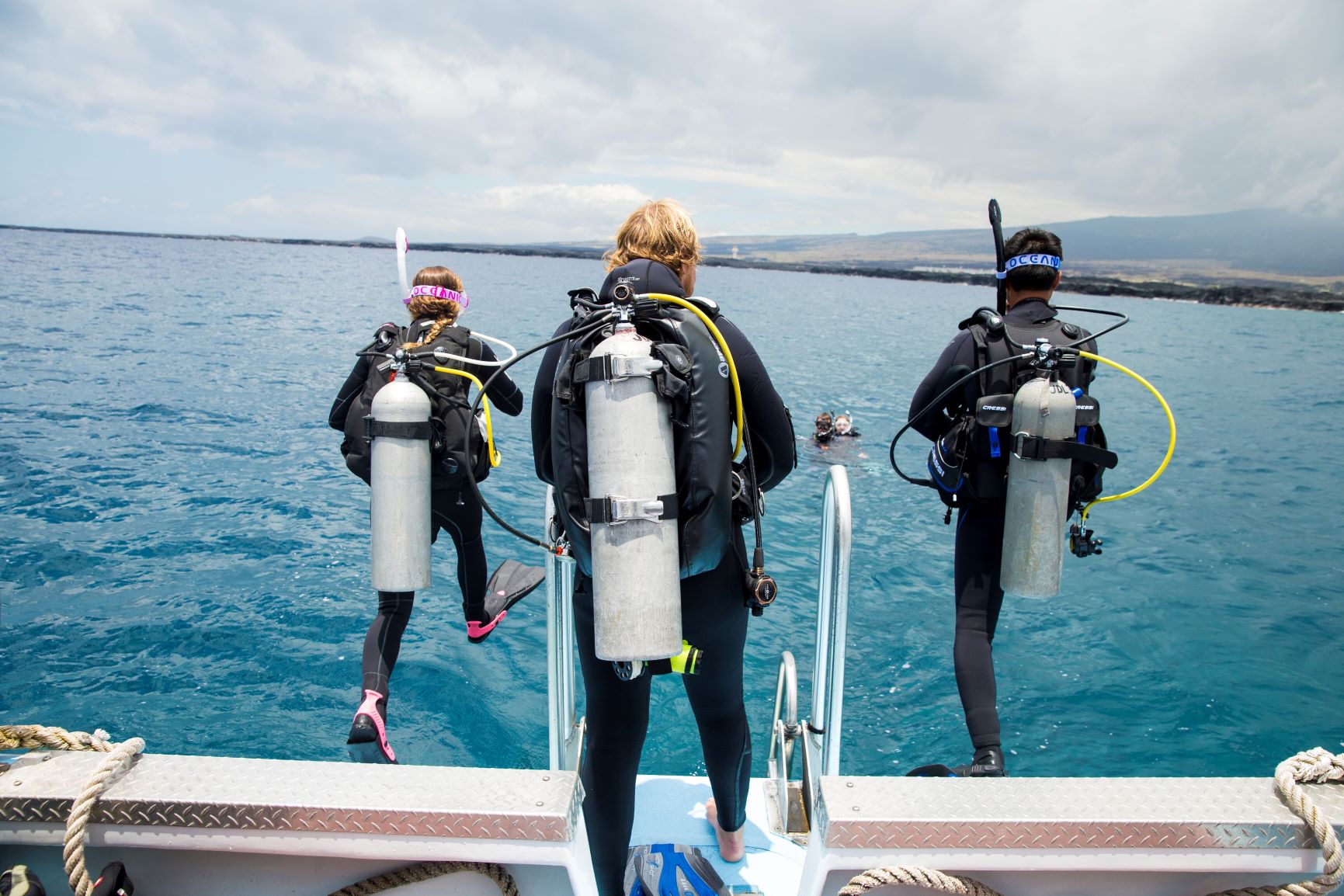
Moloka’i
Known as the “Friendly Island,” Moloka’i is found in the middle of the Hawaiian archipelago. From here you can get lovely views of many of the other islands, and you can even see the twinkling lights of Honolulu on still, clear nights. The island itself is made up of two massive volcanoes, and the highest sea cliffs in the world can be found on these shores.
What’s more, Moloka’i is home to the longest fringing reef in the United States, and at nearly 25 miles (40 kilometers) long, you’ll want to explore every bit of it. Because it is relatively difficult to get to the island, you may find that you have the reef almost entirely to yourself. There is rare, endangered sea life in these waters, and photographic opportunities abound.
One of the most popular sites on Moloka’i is Fish Bowl, where you might even run across an occasional Hawaiian monk seal, a rare treat. In deeper water, hammerhead sharks are not uncommon, sometimes making their way through the water in huge schools.
You can only get to Moloka’i via domestic flights from Maui or Honolulu. Once on the island, there is only one main highway, meandering along the length of the island, from tip to tip. The mile markers on the road are used as reference points, so be sure to take note when you pass one of the helpful green signs.

Lana’i
Small Lana’i is off the beaten path, and is a quiet, off-the-grid destination. Long ago, native Hawaiians regarded Lana’i with deep reverence, believing it to be a place inhabited by dark spirits. Only more recently have people been frequenting the island on vacations, and there are several hotels and golf courses.
Cavern divers, start your engines! Lana’i offers exceptionally clear water and an abundance of caves. Two of the best caverns to check out are Cathedrals I and II, both of which are splendid and deserve a dive or two. If you come during the winter, you will probably see humpback whales from shore or from the boat.
There is more than just caves on Lana’i, however. You can shore dive in Manele Bay, where plenty of rays and reef fish coalesce. Fish Rock is another great shore dive, but you can also take a boat there if you just can’t kick anymore.
You cannot fly to straight to Lana’i, but must take a flight from either Honolulu or Maui. If you prefer, you can also take an hour-long ferry ride, leaving from Maui. Once on the island, you can either use the transit offered by the hotels, or rent a four wheel drive vehicle and take to the roads yourself, exploring the unique nature on your own terms and at your own pace.
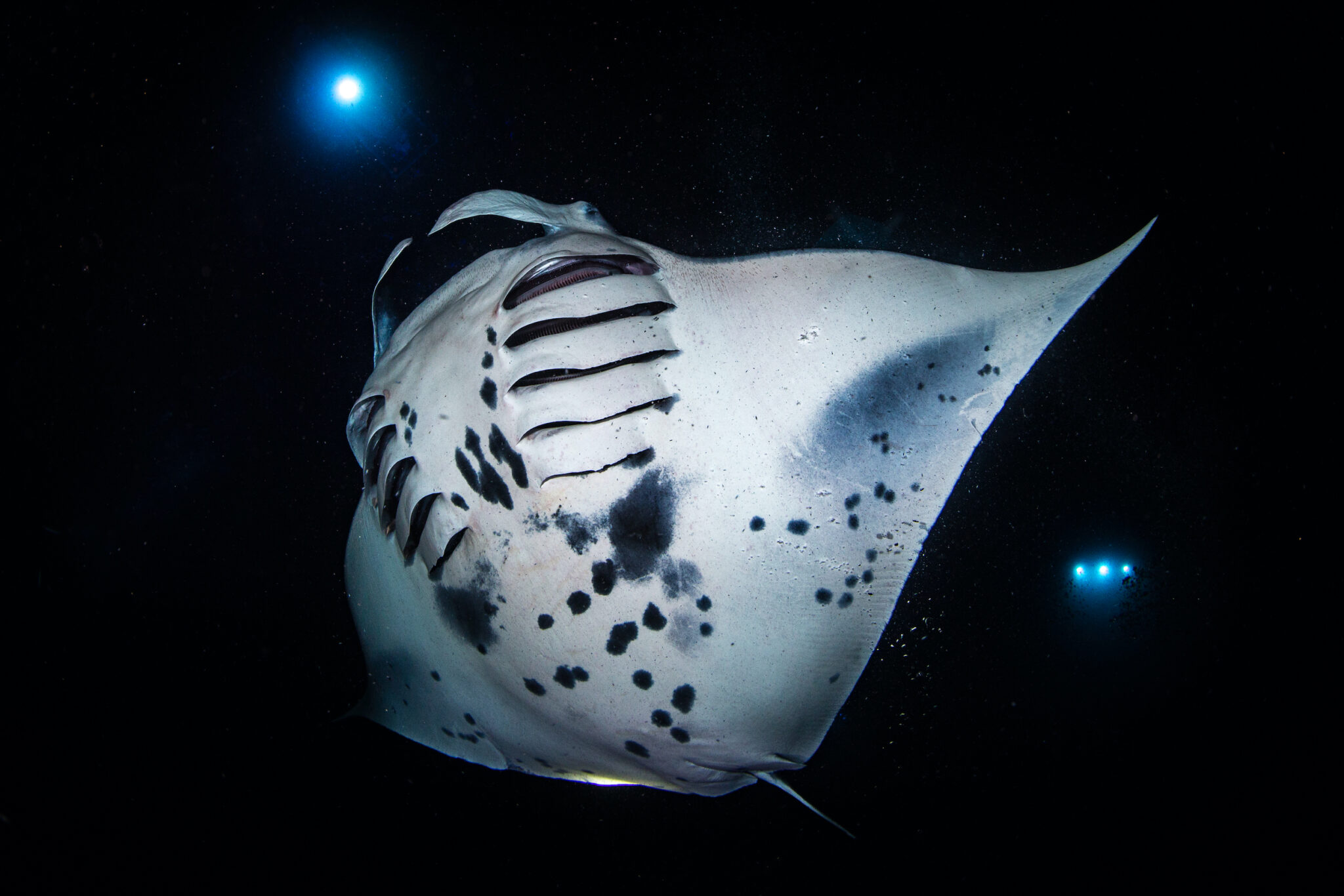
Hawai’i
The island for which the great state is named, Hawai’i is the largest of the Hawaiian Isles. Known colloquially as the “Big Island,” Hawai’i is made up of five volcanoes: Kohala, Mauna Kea, Hualalai, Mauna Loa, and Kilauea. Both Mauna Loa and Kilauea are found within the astounding Hawai’i Volcanoes National Park. The mighty Kilauea has been almost constantly erupting for more than 20 years.
There are dozens upon dozens of dive sites scattered around the perimeter of Hawai’i. Explore bizarre underwater lava formations, or watch curious turtles munching on sea grasses. The most famous dive on the island is the unforgettable Kona manta ray night dive. Kneeling on the sandy sea floor at night, many tremendous rays skate above your head. This dive is not to be missed.
If you want to shore dive, don’t miss out on Kamakahonu Beach or the excellent Honokohau Harbor.
Highways crisscross the expanse of the island, interconnecting the main towns of Hilo and Kailua-Kona. You can fly into either one of these towns. There are rental cars and taxis to take you where you need to go, as well as a notoriously slow bus route that makes its way around the perimeter of the island.
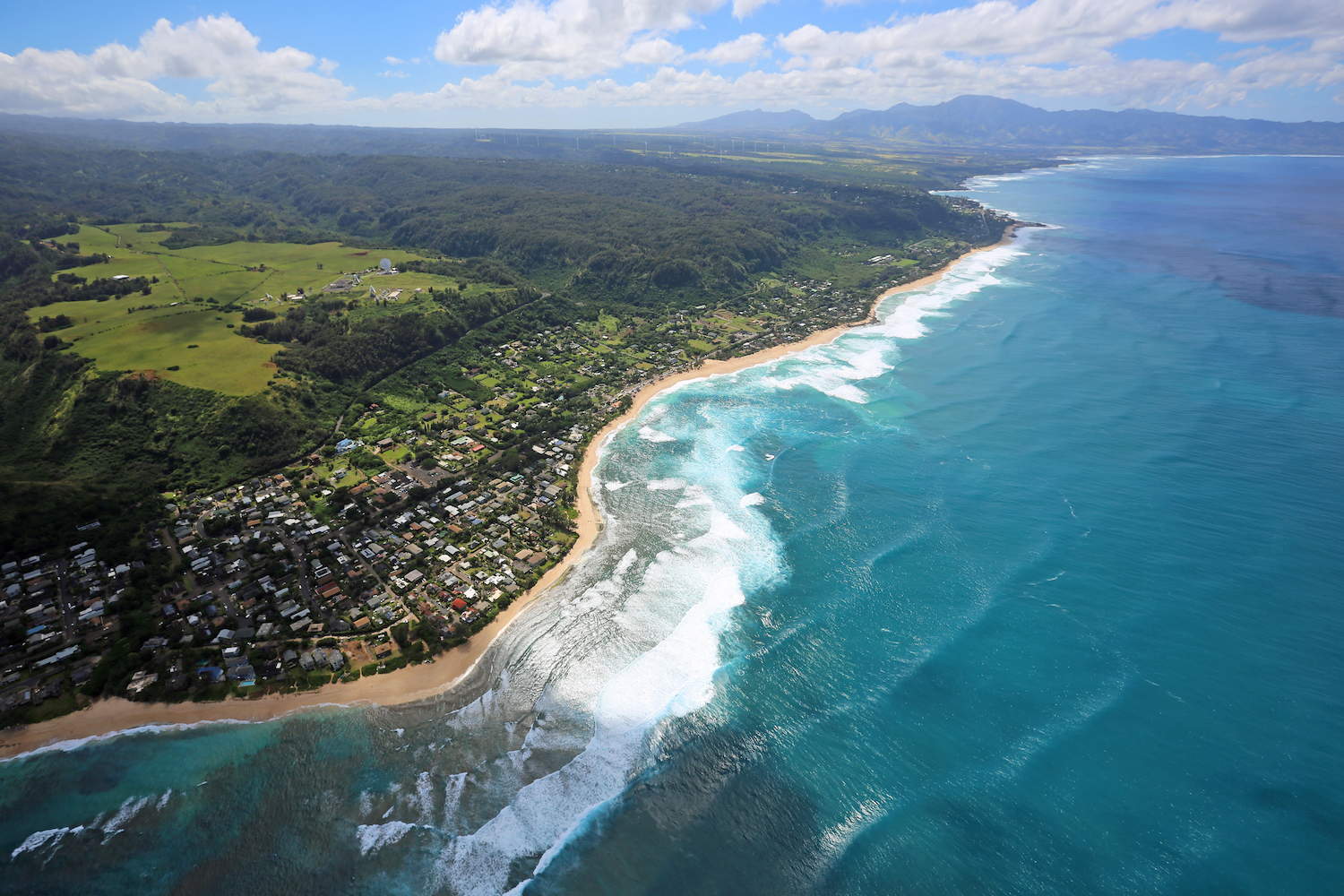
O’ahu
O’ahu is the most populous (and popular) of the Hawaiian Islands. The capital city of Honolulu can be found here, a booming metropolis so starkly contrasting to the uninhabited jungles of other islands. You can expect plenty of both rain and sun during your stay, with plenty of rainbows to boot. The beaches here are some of the most famous in the world, with Waikiki Beach taking the cake, an undeniably gorgeous stretch of sand and sea.
Head to O’ahu for stellar wreck dives. The San Pedro and YO-257 can both be experienced on the same dive. To add to the excitement, a passenger submarine often comes to check out the wrecks, and you can make some silly faces back and forth with the people riding within.
Shore diving is the name of the game on O’ahu, where you can experience wrecks, caverns, and fantastic reefs just by walking off the beach. During the summer, the waves subside, and the North Shore becomes available. Don’t miss out on Shark’s Cove, an aptly named dive where you can run into an array of impressive species, including the massive tiger shark.
To add to the diversity of dives, see the fantastic walls of Waimea and Wailalua. Both require a boat to access, but on Hawai’i there are plenty of vessels to choose from.
Check out some of the lovely islands that dot the shoreline, from Waikiki to tiny Manana Rabbit Island. You can find a wide diversity of creatures and formations beneath the water at these excellent sites.
As far as attractions on land go, the beautiful Valley of the Temples Memorial Park is not to be missed, found on the eastern side of the island. The Pearl Harbor National Memorial is also found on O’ahu.
You will probably fly into Honolulu, where the large international airport is located. Honolulu is a gateway to the other islands, and you can catch flights to all of the smaller islands from this hub. The southern shore of the island is highly populated, but the northern shore is much less so.
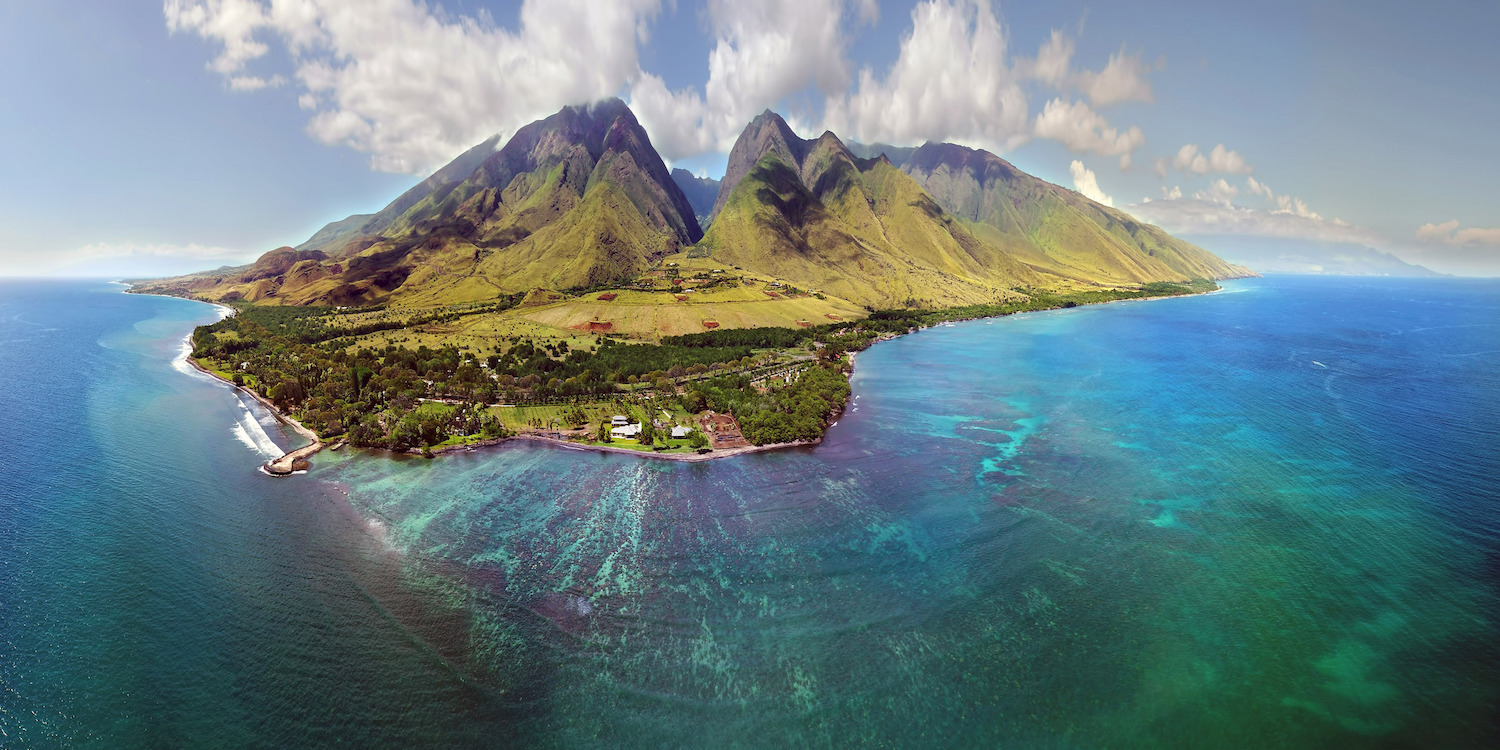
Maui
Marvelous Maui is a favorite with visitors, with its diverse landscape and stunning beaches. The island was formed by two volcanoes, whose virulent lava flows connected to form an isthmus. Kahului is the largest city on the island and is found at the juncture of the two volcanoes.
The icon of Maui is Haleakala. The massive, inactive volcano is 5 miles (8 kilometers) from the summit to the seafloor, stretching 10,000 feet (3,000 meters) above sea level. Clouds shroud the mountain for most of the year, dumping down an incredible amount of rain. At the highest elevation, temperatures below freezing are not uncommon, and this alpine environment provides a shocking contrast to the hot, humid jungle below.
Dragon Reef is an exceptional dive on the southwestern shore of the island. You can reach the reef by boat, and depths range from 25-70 feet (7-21 meters). One of the most popular dives is Black Rock, where eagle rays and turtles idle. There are also several wrecks worth your time, especially the Carthaginian.
Offshore is the horseshoe-shaped Molokini, an extinct volcano with an unreal underwater environment. Diving the Molokini crater is an unexpected and lovely experience, where some of the most pristine, clear waters in Hawai’i can be explored. Plenty of sharks flock here, and there are several places where you can swim with a variety of species, even hammerheads. Plus, the drift diving here is some of the best in the world, especially along the back side of the crater.
Be sure to see the humpback whales during their annual migration. They can be spotted from December through the end of April, but they are most common in the winter months, when they breed and give birth to their young in the warm waters.
Maui is most easily visited via airline, either from an international destination or from another of the islands. Once on the island, rent a car or take a taxi to get around the island. Maui is a great starting off point, and the Maui ferry can take you to plenty of the other less-visited islands in the archipelago.

Recommended PADI Certifications for Scuba Diving in Hawai’i
Make the most of your experience while scuba diving in Hawai’i by making sure you have the PADI certifications that will allow you to visit all of the sites you want to visit.
We recommend the following certifications for exploring this region of the world
PADI Advanced Open Water Diver
Due to the depth of many of Hawai’i’s top dive sites, an Advanced Open Water Diver certification that allows you to dive to 30 meters (100 feet) will give you access to even more of Hawai’i’s dive sites.
PADI Enriched Air (Nitrox) Diver Specialty
Having your Enriched Air (Nitrox) Diver Specialty certification is a massive bonus when diving in Hawai’i. You’ll be able to enjoy longer no-decompression limits and reduced surface interval times, which means more time absorbing Hawai’i’s stunning underwater world!

PADI Wreck Diver Specialty
If you are planning to check out the stunning wrecks off O’ahu or Maui, then the PADI Wreck Diver Specialty certification will be an invaluable addition to your diving toolkit. You’ll learn how to plan wreck dives and how to safely execute your plan. The course includes learning how to map and navigate wrecks as well as making penetration dives with the aid of guide lines.
PADI Drift Diver Specialty
While there are plenty of protected sites around the Hawaiian Islands that have calm conditions and little to no current, there are some incredible drift dive,s too! Taking your PADI Drift Diver Specialty certification before or during your visit will equip you with the skills and techniques to dive these sites with confidence.
PADI Cavern Diver Specialty
If you plan to explore the caves and caverns around Lana’i, then the PADI Cavern Diver Specialty certification is a must. During the course, you’ll learn cavern dive planning, how to assess caverns for hazards, how to avoid disorientation and other invaluable safety information.
Not Yet a Certified Diver?
If you aren’t yet a certified diver, take the PADI Open Water Diver course, and you, too, can start to #LiveUnfiltered and explore Hawai’i underwater.
Live Unfiltered and Scuba Dive Hawai’i – Which Island Will You Visit First?
Scuba diving in Hawai’i has a little something for every type of diver and explorer. Whether you prefer serene, shallow dives or adrenaline-pumping drift dives, Hawai’i has you covered. With so much diversity found in such a relatively small space, there is no better place to #LiveUnfiltered and enjoy everything Mother Nature has to offer. So get ready to explore, hop from island to island, and get a taste of the phenomenal archipelago of Hawai’i.
Browse all the available dive resorts, liveaboards and day trips on PADI Travel by clicking the button below.
This blog was originally written by Bridget Pearson and published on the Diviac Magazine.

